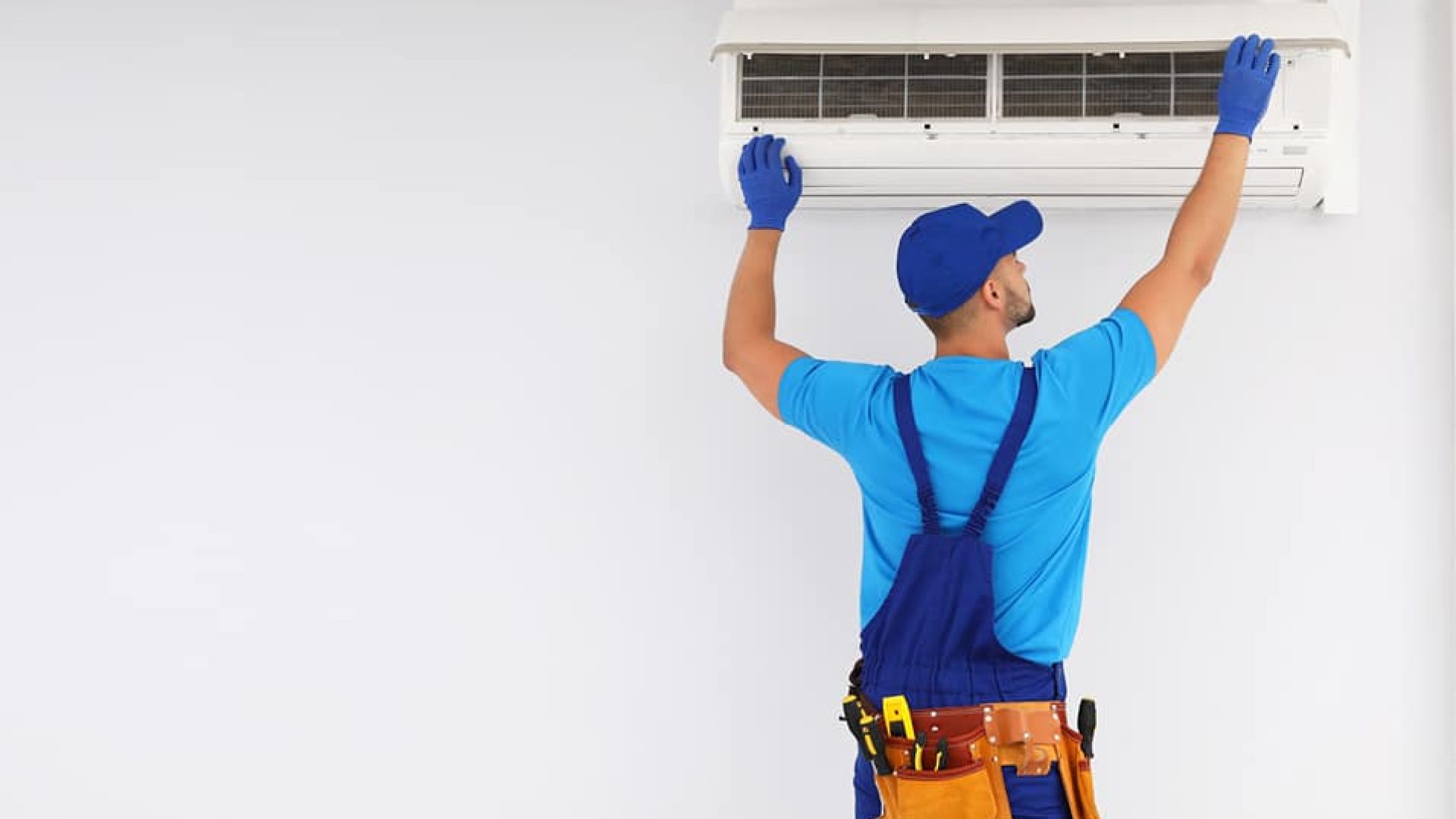There are many ways to run a property maintenance program, but not all are successful. The strategy you choose to conduct your property maintenance will directly impact resident satisfaction, owner retention, and much more. At Property Meld, we call it “The Maintenance Butterfly Effect.” Property maintenance affects much more than just the quality of your assets, but also many aspects of your company’s operations. When choosing a maintenance strategy, it is vital to understand their differences. Two well known property maintenance strategies are corrective versus preventative maintenance. In this article, we will outline the key differences between the two.
Corrective Maintenance
- Property maintenance is done when a resident submits a work order or there is an equipment failure.
- It is unpredictable because you don’t know when maintenance issues will occur.
- It can be costly when equipment failures happen.
- It is performed at random times when residents have maintenance issues.
- Owners will deal with costly maintenance repairs on their owner statements.
- Corrective maintenance processes are less efficient and can lead to maintenance technicians spending time on mundane tasks like scheduling repairs with residents.
- It increases the workload for maintenance technicians.
- It typically requires a more extensive maintenance staff.
Preventative Maintenance
- Preventative maintenance regularly schedules inspections and repairs to prevent more significant maintenance issues down the road.
- By regularly inspecting your property’s assets, you can prepare for potential issues before they happen.
- Initially, it can be more expensive, but you won’t have as many costly maintenance emergencies.
- It is a regularly scheduled task performed by a maintenance team.
- Your owners have better oversight, and you can give them a heads-up when an issue arises.
- You can increase efficiency and reduce employee downtime by scheduling preventative maintenance at regular intervals.
- It decreases the workload for maintenance technicians.
- You can get more done with a minor maintenance team.
Common Examples of Corrective and Preventative Maintenance
Corrective property maintenance often involves addressing issues that have already occurred, focusing on restoring the functionality of a property to its original state. Common examples include repairing a leaking roof after water damage has occurred, fixing a malfunctioning HVAC system, or replacing broken windows. These tasks are reactive in nature, aiming to remedy problems as they arise rather than proactively preventing them. While corrective maintenance is essential for addressing immediate concerns and ensuring the safety and usability of a property, it can be costly and disruptive, especially if issues are left unattended for extended periods.
On the other hand, preventative property maintenance focuses on identifying and addressing potential issues before they escalate into larger problems. This proactive approach aims to preserve the condition of a property, extend its lifespan, and minimize the need for costly repairs down the line. Examples of preventative maintenance include regular inspections of plumbing and electrical systems to detect leaks or faulty wiring before they cause damage, scheduling routine servicing of appliances to keep them in optimal condition, and conducting seasonal maintenance such as gutter cleaning to prevent water damage. By staying ahead of potential issues, preventative maintenance not only saves property owners time and money but also enhances the overall value and longevity of the property.
Property Meld recommends a preventative maintenance strategy to help increase the life of your assets and increase your bottom line. To learn how Property Meld can help you implement a preventative maintenance process, schedule a demo with our team





